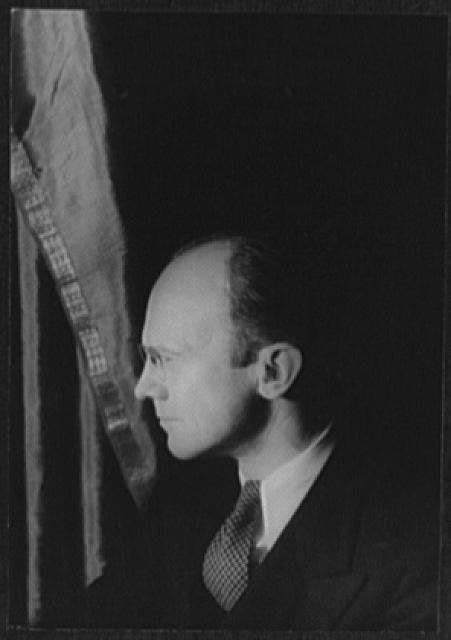 | ||
Similar Madame Sans‑Gêne, L'a dei tre re, Mignon, La fanciulla del West, Il tabarro | ||
Note: This article is about the opera. For the 1935 film of the same name, see Peter Ibbetson.
Contents
Peter Ibbetson is an opera in three acts by American composer Deems Taylor from a libretto by the composer and Constance Collier, based on the 1891 novel by George du Maurier. Taylor's music is attractive, often dramatically apposite, and vocally grateful. Certain passages in Peter Ibbetson are effective and moving.
Peter Ibbetson was first performed at the Metropolitan Opera in New York City on 7 February 1931 and it appeared in four seasons for a total of 22 performances (in the house and on tour) until 1935 and the retirement of the two singers who created the starring roles, Lucrezia Bori and Edward Johnson.
Performance history
The opera opened the 1933-34 Met season and was broadcast twice, in 1932 (when the operas were still being broadcast only in part) and again in 1934.
On 29 June 1960 the Empire State Music Festival presented a performance of Peter Ibbetson which was broadcast. Licia Albanese was coached in the part of Mary by its creator, Lucrezia Bori.
In 1999 the opera was revived in concert form by the Seattle Symphony Orchestra with Lauren Flanigan as Mary.
Synopsis
Time: From the 1850s to the 1880sPlace: EnglandAct 1
A party at an English country house, 1855
The oily and vain Colonel Ibbetson is trying to flirt with Mrs. Deane, and in an aria insists on reciting an "original" poem. Peter joins the party late and brings in the poem, which is actually by Alfred de Musset, exposing his uncle as a fake. The Colonel curses Peter, and there is a tense moment, but the party resumes as Peter and Mrs. Deane become friends. As Peter recounts his melancholy circumstances, a longing theme,which will return many times in the course of the opera, accompanies the words "only you..." Peter tells Mrs. Deane of his childhood friend Mimsey, "toujours mal a la tete" and of her talent called "dreaming true", whereby one could go anywhere in place or time.
The Colonel enters as Peter leaves and tells Mrs. Deane that Peter is actually his son, as he boasts of his affair with Peter's mother. Mrs. Deane is horrified. Taylor used a leitmotiv-type technique, with backwards and forwards references that keep the characters in place. Strong emotions are captured by a rich lyric flow, and inventive orchestration.
Mary, the Duchess of Towers, (actually the long-lost Mimsy) enters. During Mary's aria she and Peter seem to recognize each other.
Act 2
The Paris suburb of Passy, two years later
Peter is visiting his boyhood home and meets the aged and senile Major Duquesnois who does not remember him or Mimsy. The solo grows in excitement as the old Major seems to recall, but it drops off as his mind fails. The Duchess of Towers arrives, also visiting. Peter sees her and, in the first "Dream Scene", he and Mary visit the garden of their youth. Peter then sees the Colonel forcing himself on Peter's mother, and tries to break it up, but it is only a dream. When he awakens, Peter meets Mary and a recognition scene follows. When Peter says that he was once a little French boy whose name was Gogo, Mary repeats his name tenderly, and they recognize each other. Peter relates his dream and, of course, Mary knows about it. Peter longs for her but she tells him they will never meet again.
Act 3
Scene 1
Mrs. Deane has come to see the Colonel to ask him to leave her alone. Mrs. Deane's mother shows Peter the letter revealing the truth, that Peter is in fact the Colonel's son. Peter insists upon confronting the Colonel alone, and in the heated discussion which follows, accidentally kills him.
Scene 2
It is the morning of Peter's execution. He wants to die, but there is a message from Mary, who has secured a commutation to life in prison. Thus, he can "dream true" and be with her every night. Peter dreams, and there is a long duet with Mary.
Scene 3: 30 years later
Mrs. Deane has come to visit the dying Peter with the news that Mary is dead. Peter knows it: she did not come to him in the dream the previous night. As Peter dies, Mary appears, and in a romantic ending, they go off to an eternal life together
